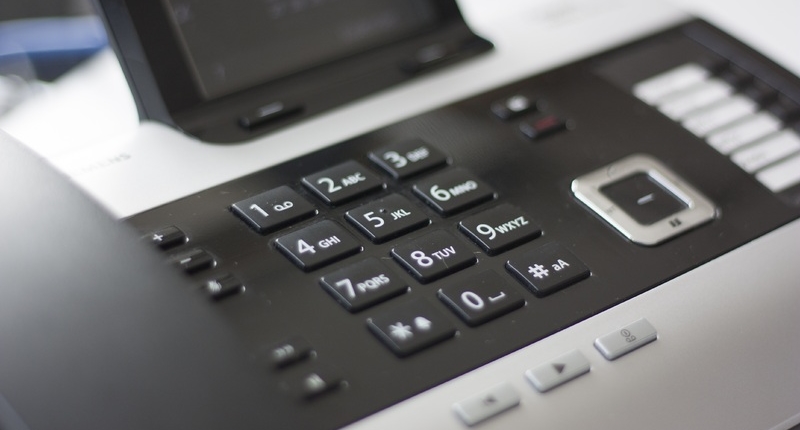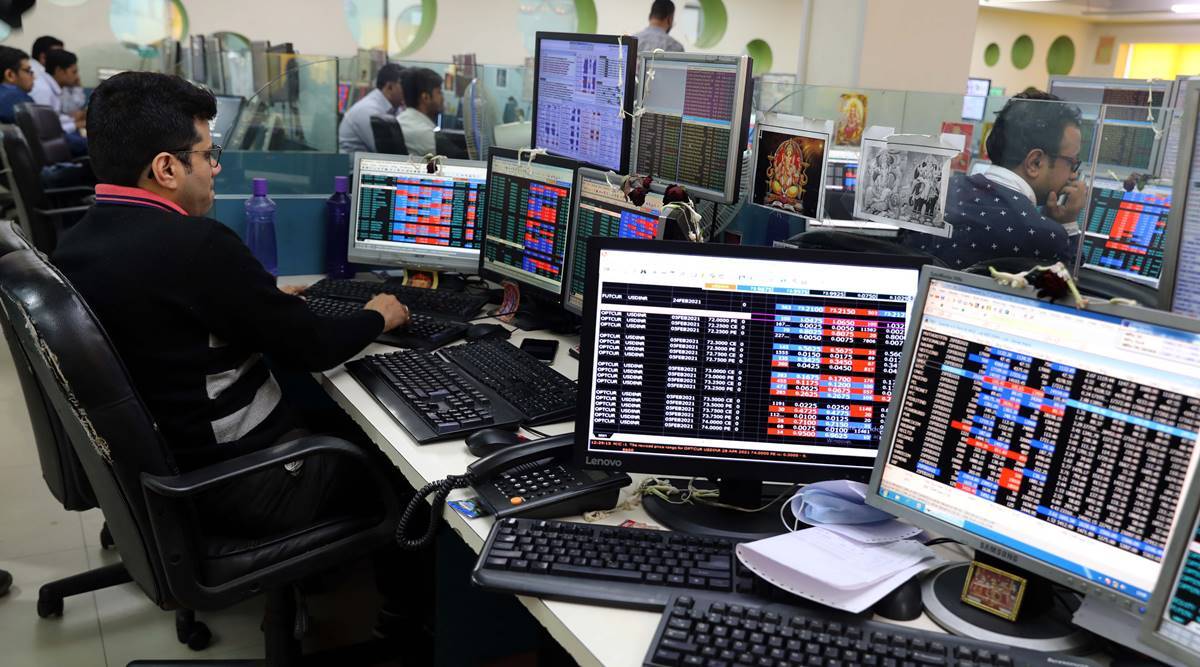Increase In Cash Flow & Revenue Generation Through E-Invoice
Technology has brought a major revolution in the lives of people. The use of gadgets has been increasing on a very large scale and now almost every field requires the usage of technology to grow. Transportation, healthcare, education, and a list of sectors dependent upon technology has been endless. Whenever goods are transported from one place to another a valid invoice is needed to have a proof that what is exactly stored in the containers and whether the tax has been paid under it or not. The invoice so generated is called E-invoicing and the authority to create these is provided to professionals who have e invoicing software. This is a system in which B2B and B2C invoices are generated electronically so that they could be further processed under GST portals.
Under government rules and regulations, GST has been made compulsory with the effect from October 1, 2020, for B2B businesses who have a turnover of 100 crores and above. The scheme was under consideration of these professionals but was finally decided to go ahead under the 37th Council meeting.
There is a specific procedure which is needed to be looked upon to generate these e-invoices and is done by professionals. The following are the needed steps that provide detailed information regarding the generation of e-invoice. However, it is pertinent to mention that the E-invoice is not the invoice that could be directly provided or created through the GST portal rather a procedure of validation of all B2B invoices. Proper approval is needed by the professionals to create it.
Following are the steps that are usually followed by the person who has to pay tax and is accountable to give rise to the proof of goods supplied and yield it further to required authorities for approval:
Step1 Formation of Invoice: Firstly, an invoice is created that contains much needed mandatory information on regard to where the goods are to be supplied and what is the cost of goods.
Step2 Creation of IRN: Further, a distinctive reference number for an invoice is produced by the person supplying goods through a specific algorithm which is known to the professional hired by them.
Step3 Transfer the Invoice: JSON for an invoice is put on to the Invoice registration portal which could be done either by the third party or directly.
Step4 Signing the documents: The next step is to have proper authentication and confirmation of the documents. After the documents are successfully verified they are signed.
Step5: Data divided & E-invoice generated: The next step is to upload the data along with the e-way bill and GST system. After successful verification of documents by the authorities, the invoice is sent to the registered email id of taxpayer and buyer.
The major reason for the generation of e-invoicing sap is that it helps the company to automatically process the invoice. Due to this, the number of people engaged in the agreement of supply of goods like buyers, managers, and suppliers gain a number of strategic benefits. Some of these benefits include saving of costs by making proper documentation regarding the cost so incurred by the people as well as saving tax by a collection of the input tax credit on the goods so supplied. This proper documentation of accounts helps the business to generate efficiency of the business and generate more revenue leading to a secured transaction.
Following are some of the key benefits gained by parties involved in these transactions:
– Reduced costs: Maintenance of proper records definitely will help the business to make a proper analysis of each and every place where the cost is incurred. Hence, this process helps in the reduction of a lot of costs.
– Efficiency: Having proof of each and every transaction helps to increase the efficiency of the business and creates more revenue-generating opportunities.
– Faster payments: This method of e-invoicing has also led to the generation of faster payments which is another benefit to parties so involved in the business.
– Cash management: Proper management of cash has also been observed when followed up by this procedure of e-invoicing.
– Customer-oriented approach: It was always essential for customers to have a valid record of the transactions so happening under the business. Hence, this approach has definitely helped the customer to overcome the drawbacks so faced earlier.
The method of e-invoicing is completely electronic which makes it complex to understand to people who have no prior knowledge about GST portals. Hence, this is the reason many businesses have begun to hire professionals who generate these bills in a skilled and professional way making the process even more efficient and productive. The PDF invoices so generated are immediately sent to the customer from the supplier by which the buyer has proof of the transaction. Of course, the submission of the document and whole process will take time and there is even a chance of original invoice to be lost but the PDF document so generated is a valid proof of the transaction.
Providing a valid proof of transaction is immediately accessible on the buyer’s system which makes it a faster method to pay for the amount so due to be paid. The payments have been done on time which has improved the flow of cash observed under this. If after some months or even after years, the customer has to see a record of transaction and reconciliation of invoices is one such thing which could be done easily by the PDF document so generated.
In some cases, the payment amount on the invoice and the one in buyer’s book might be different due to the claim made by the customer in case the goods are found to be damaged but still, having a valid invoice of these transaction has definitely helped the business to work in a much efficient manner and increase the revenue generation opportunities.
Hence, a person must adapt to the changing method of taxation as early as possible because it has been made mandatory by taxation authorities and could be easily done by the businesses by hiring a professional under this field.










